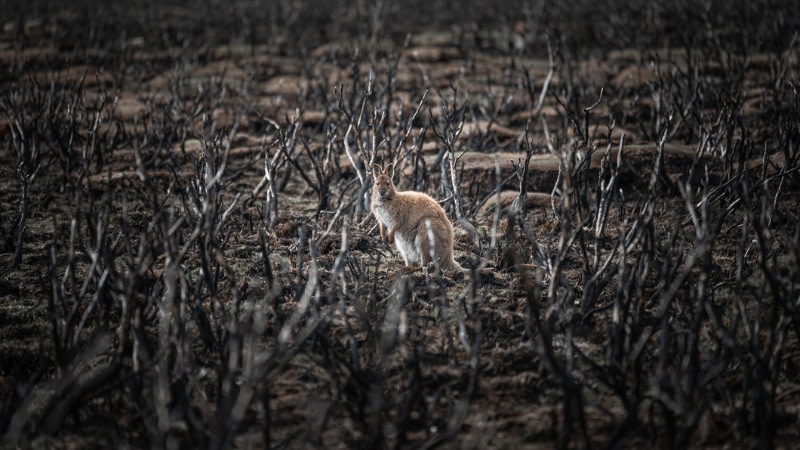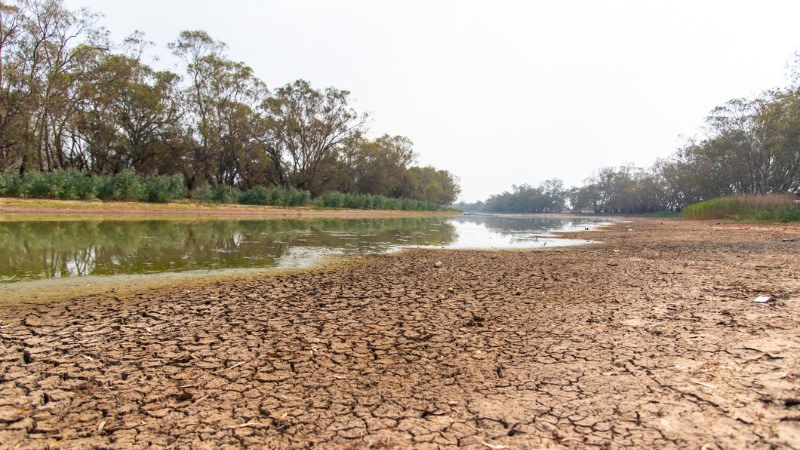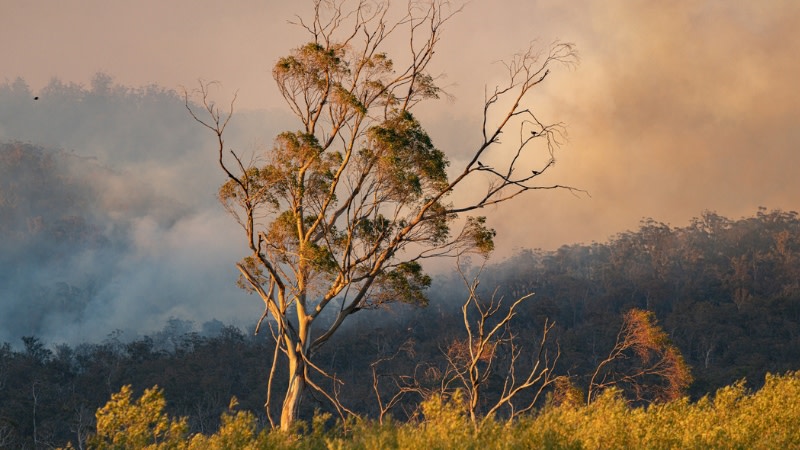Climate Crisis: Urban Planning Must Drive Change

The international climate talks in Egypt, COP27, have wound up. Recognising that urban planning is now a front-line response to climate change, post-conference discussions will focus on sustainable cities and transport, green buildings and resilient infrastructure.
The COP26 Glasgow Pact expects countries to update planning at all levels of government to take climate change and adaptations into account. Urban planning is also included in the most recent report by the Intergovernmental Panel on Climate Change (IPCC).
The Australian Royal Commission into National Natural Disaster Arrangements similarly reinforced the urgency of planning for climate change. Its report recommended making it mandatory for land-use planning decisions to consider natural disaster risks.
Australian communities have been through a series of recent disasters. We have had extremes of drought, bushfires and now storms and floods. Some towns have been evacuated repeatedly.
Land-use planning needs to be updated to respond to a changing climate. This means working with nature, involving communities and, importantly, including the tools needed to plan for risk and uncertainty. Examples include scenario planning, carbon assessments of developments, water-sensitive urban design and factoring in the latest climate science into everyday decisions on land use.
We can’t avoid the issue of resettlement
Climate-driven resettlement, in my view, will be one of the most significant social challenges of this century. The IPCC estimates that “3.3 to 3.6 billion people live in contexts that are highly vulnerable to climate change [… and] unsustainable development patterns are increasing exposure of ecosystems and people to climate hazards”.
The costs are staggering. The OECD estimates, for example, that in the past two decades alone, the cost of storms reached US$1.4 trillion globally.
In my review of recent climate-induced resettlement around the world, two important lessons are that it must actively involve the community, and it takes time.

The relocation of houses in Grantham, Queensland, is a positive example of resettlement. The repeated floods across eastern Australia—and the Black Summer bushfires of 2019-20—show why a national conversation with urban and regional communities on this very challenging issue needs to start very soon.
What are the essential actions for planning?
Based in part on interviews with urban leaders around the world for my new book, Urban Planning for Climate Change, I have put forward 10 essential actions. Particularly relevant to Australia are the following actions:
map the climate risks and overlay these on existing and future urban zones to identify the hotspots—then publicly share the data
make it mandatory to consider natural disaster and climate risks in all land-use planning decisions for new development and redevelopment
plan for the cumulative impacts of climate change on communities and their consequences—this includes planning resettlement with those at risk
provide an inclusive platform for community conversations about carbon-neutral development and adaptation options—such as climate-resilient housing and smart local renewable energy hubs—together with up-to-date, accessible information on predicted climate risks so communities and industry can make informed decisions
invest in strategic planning that integrates action on carbon-neutral development and climate adaptation. Do not build housing any more on flood-prone land or areas of extreme fire risk.
The outcome must be that policymakers and the public have a clear understanding of where the risks are, where to build, where not to build, and the range of options in between.

For example, not building on the coastal edge does not mean quarantining that land. It means allowing activities, such as recreation, that can withstand increasing coastal flooding, as well as coastal-dependent uses such as fisheries and coastal landscapes designed to absorb storm surges.
What are the next steps for Australia?
Architects, engineers, planners and builders around the world are working with communities to make development more sustainable. They need support from all levels of government.
To better plan for climate change, we in Australia can take a few key steps:
1. Update the 2011 National Urban Policy
An updated national policy should incorporate the latest climate science, national emission targets, energy policies and adaptation plans. This will help ensure new development, redevelopment and critical infrastructure are designed and built to be carbon-neutral and adapt to a changing climate.
2. Audit planning at all levels to ensure it considers climate change
The federal government should host a meeting of state and territory planning and infrastructure ministers as soon as possible after COP27. Climate change needs to be a mandatory consideration in all future land-use planning. The ministers should commission an audit of all planning legislation and major city and regional centre plans to ensure this happens.
Engagement with wider industry will be important to ensure effective implementation. Partnering in demonstration projects that showcase affordable, climate-resilient urban development can help promote the uptake of leading practice. Examples range from affordable retrofitting of housing with renewable energy solutions to recycled building materials and heat-reducing landscaping.
Extending this approach to whole neighbourhoods and suburbs is the next step.

3. Engage with the region
The federal government should continue its positive first steps on climate change with our regional neighbours, including Indonesia, New Zealand and Pacific Island nations. This long-term work needs to include support for developing climate-resilient towns and cities, as well as for resettlement.
We can learn from each other on this challenging pathway, which will connect us more than ever as a region.
4. Ensure all levels of government work together on strategic funding
Funding is needed to develop climate-resilient plans for communities across Australia. This will help minimise future impacts and ensure we are building back better now and for future generations.
Most of the developments being approved today will still be here in 2050. This means these developments must factor in climate change now.
We now have a national government that is committed to action on climate change, thank goodness. Much is being done on renewable energy and electrification of the transport system. It is time to turn our attention to making our built environment more climate-resilient.
Author
Barbara Norman
Emeritus Professor of Urban & Regional Planning, University of Canberra
This article is republished from The Conversation under a Creative Commons license. Read the original article.














